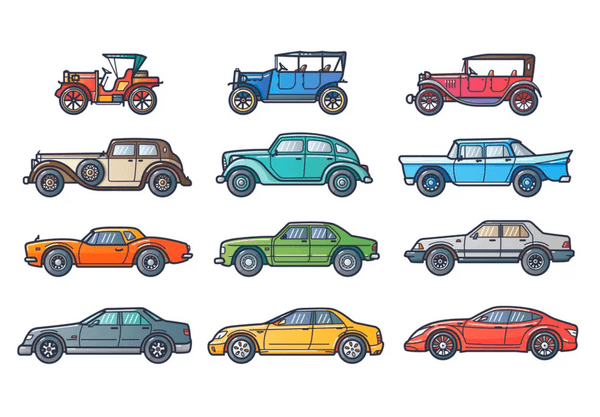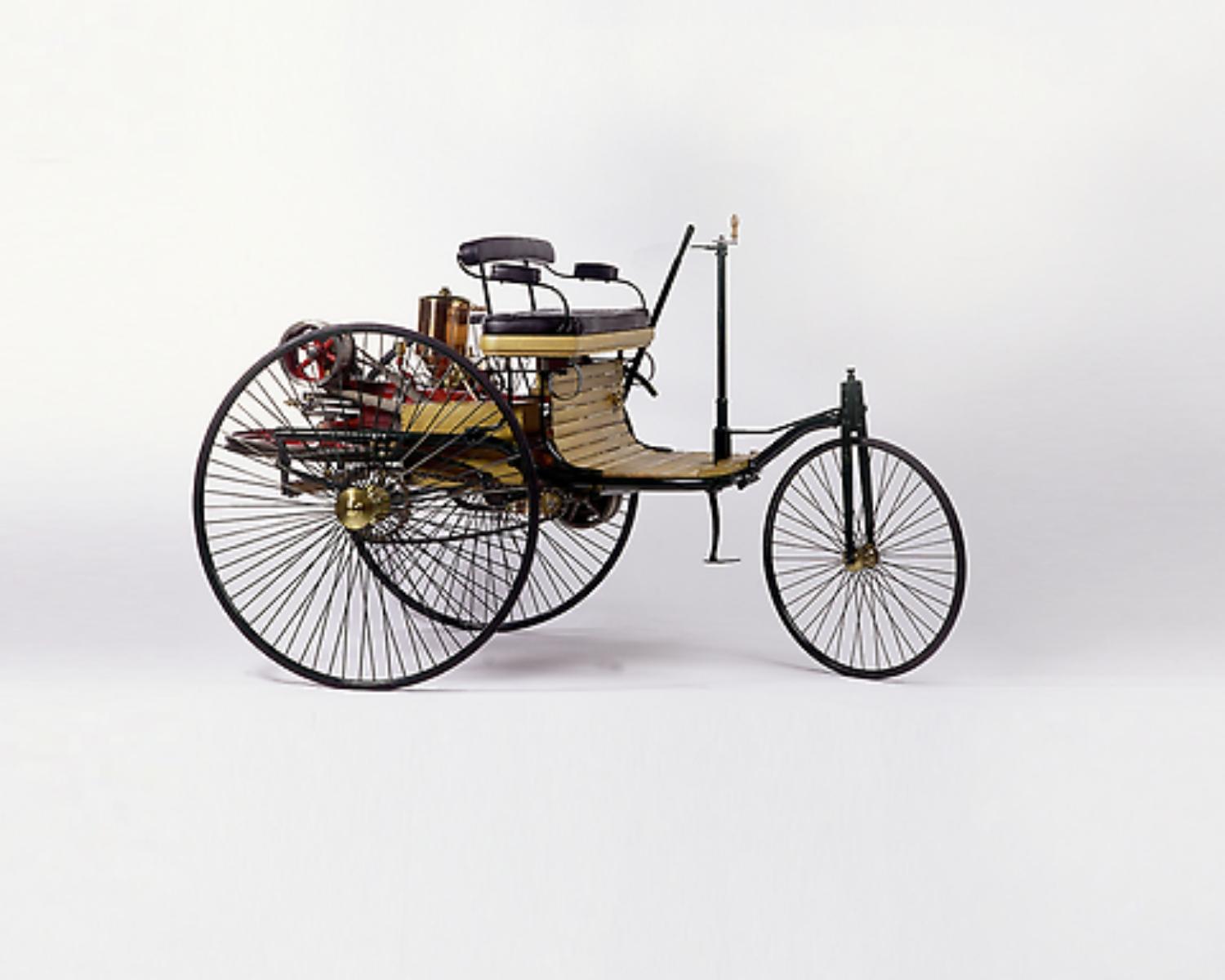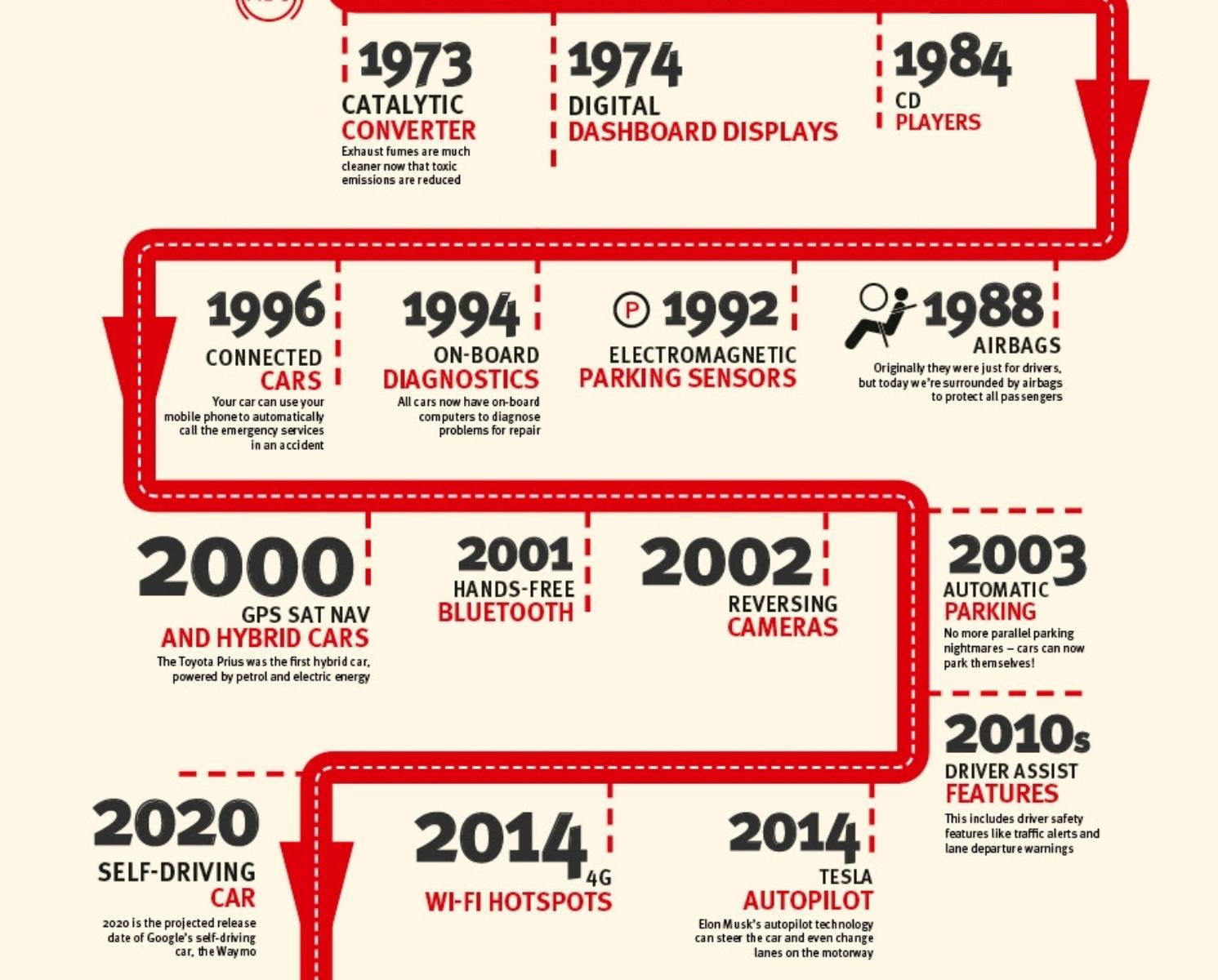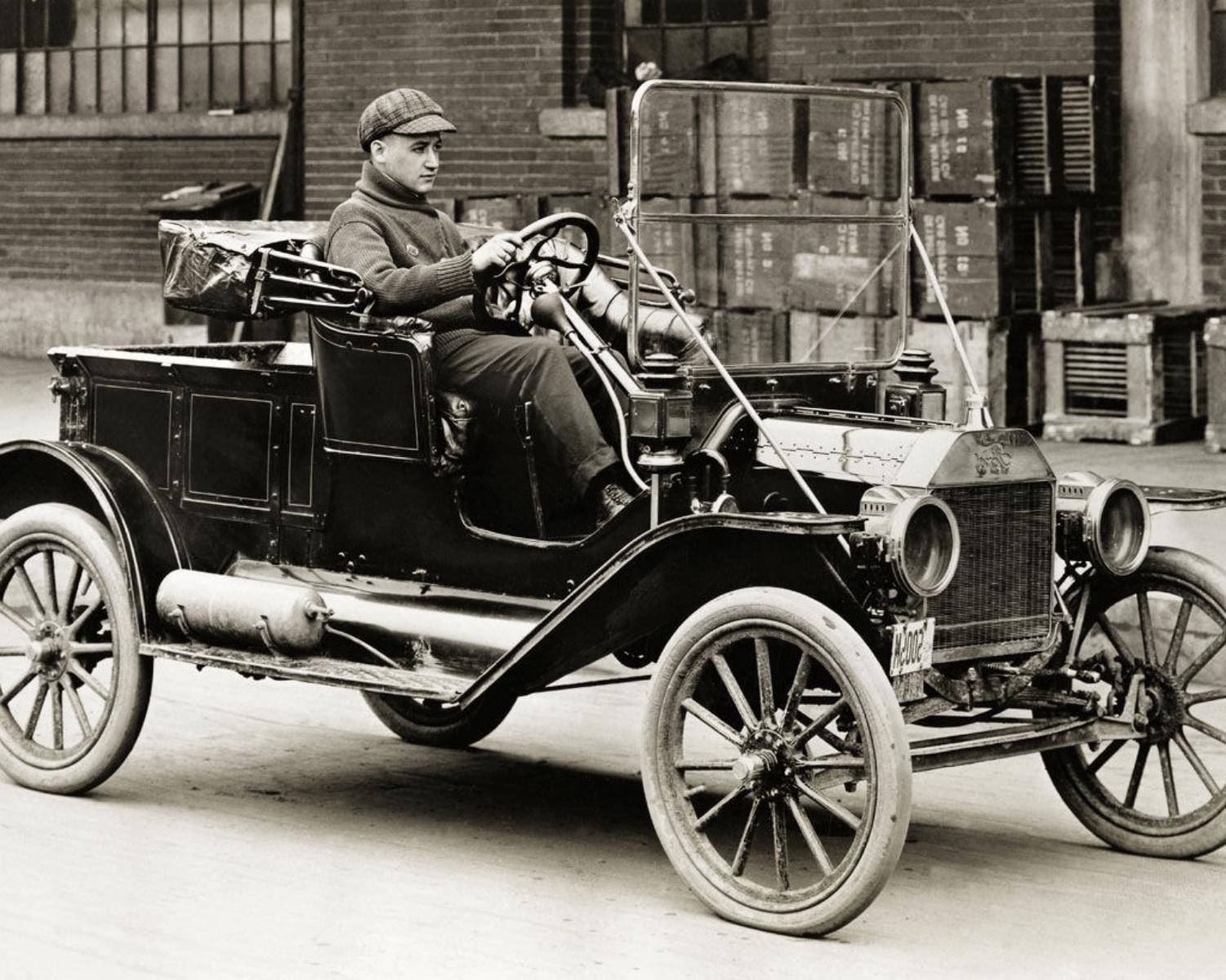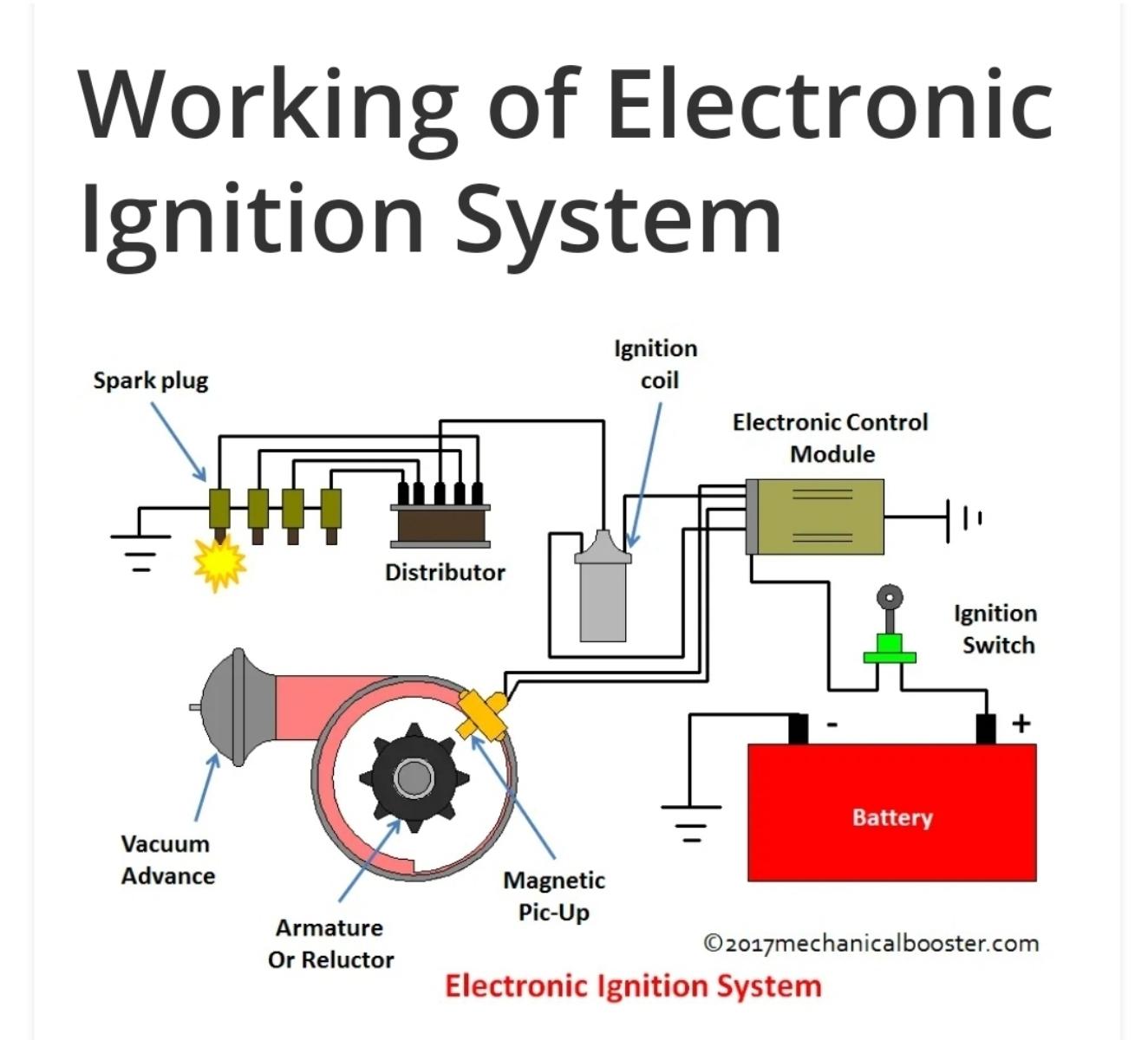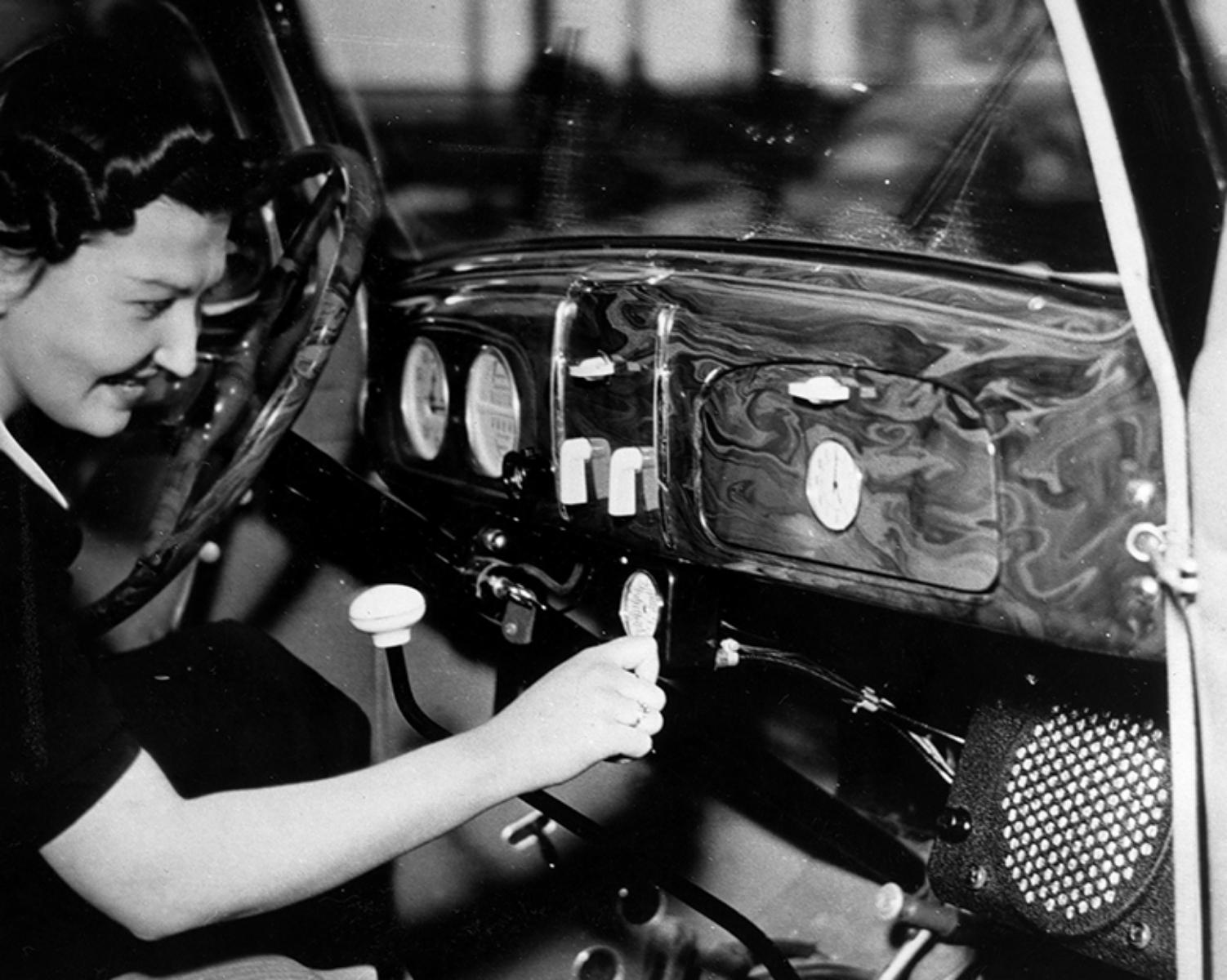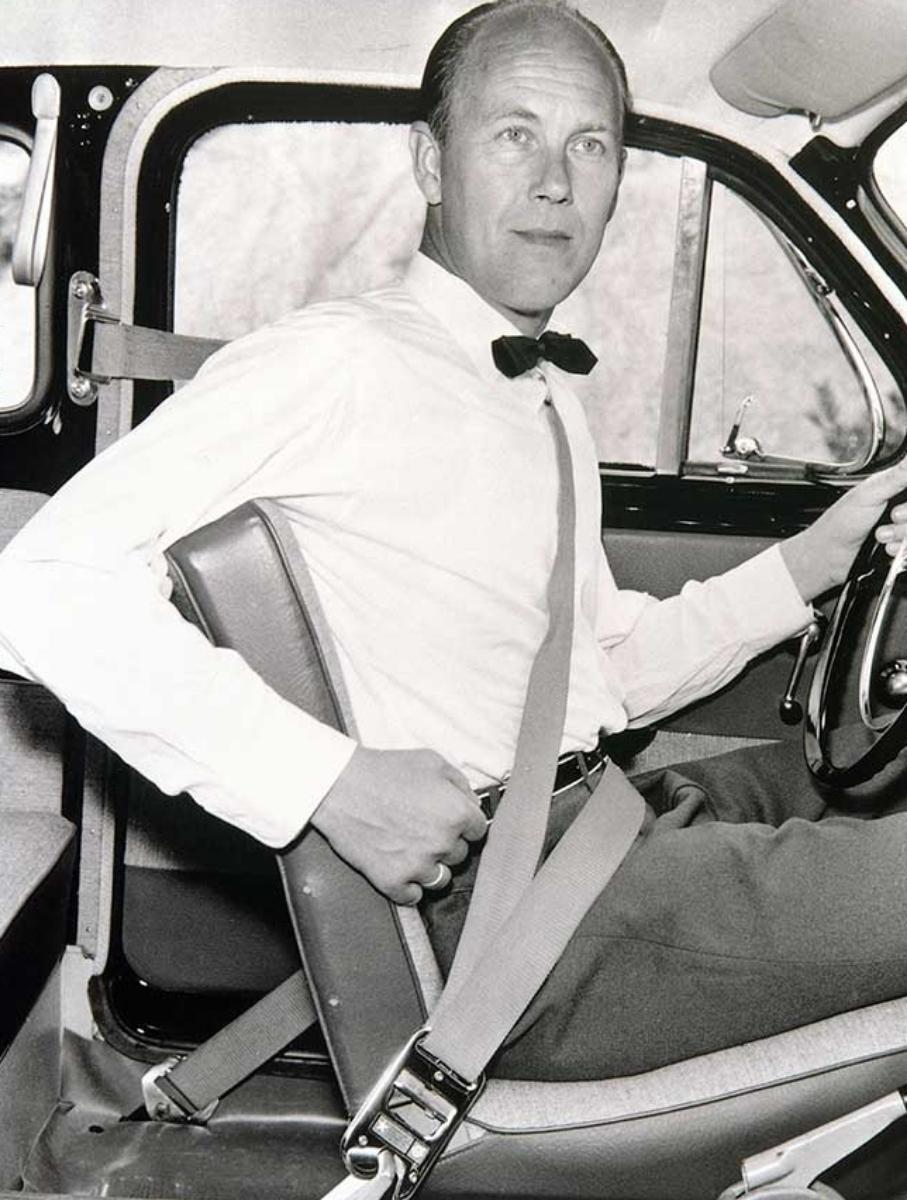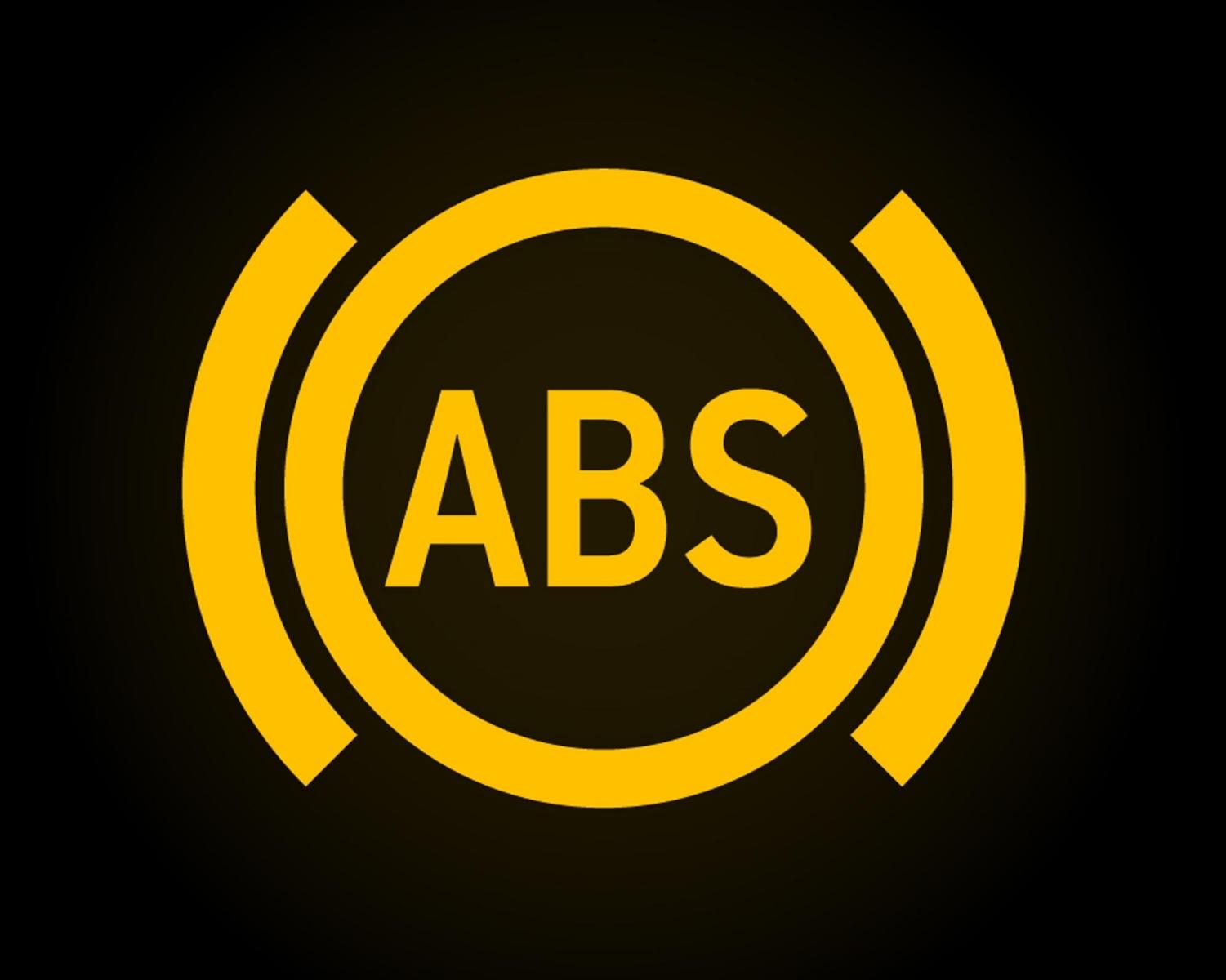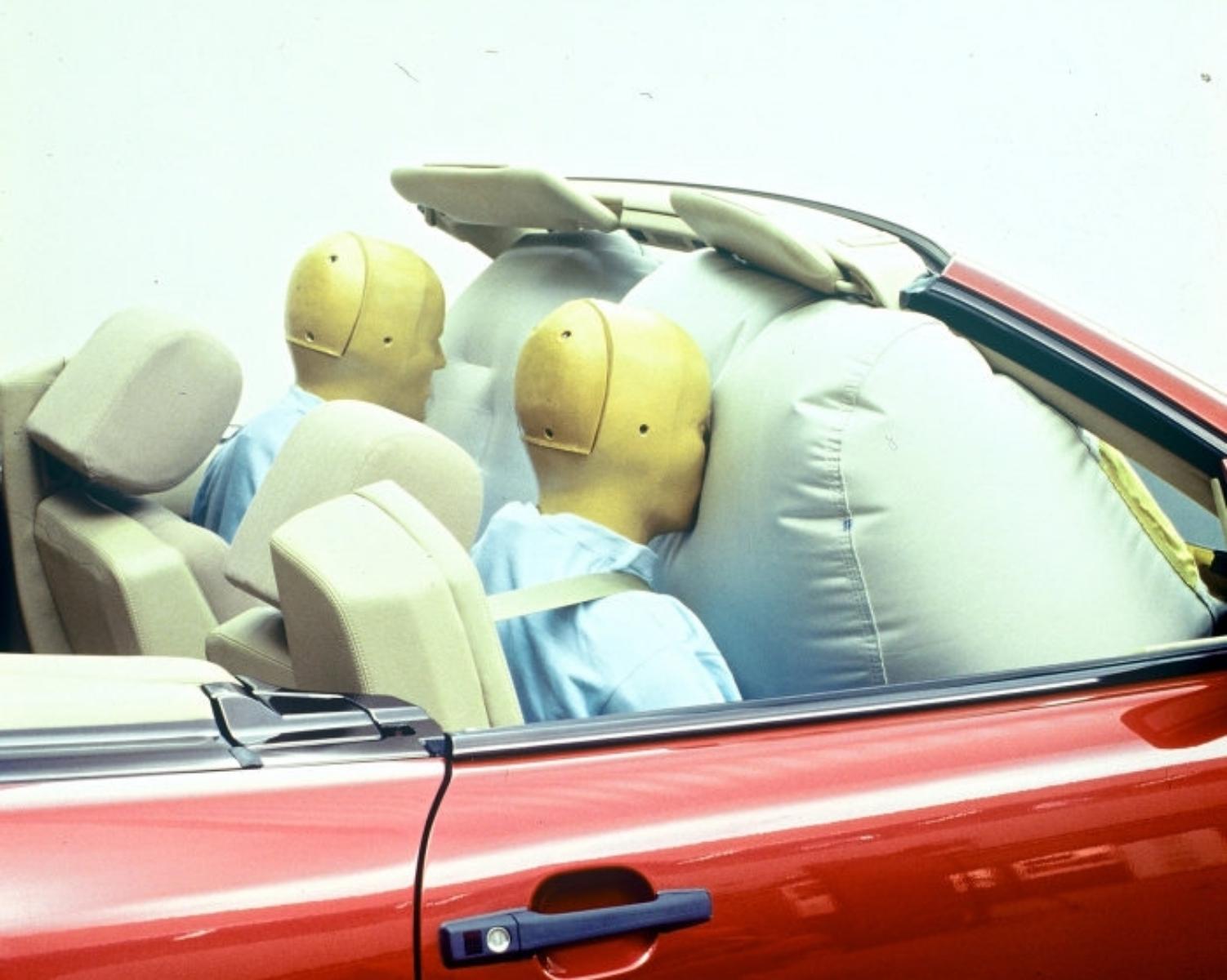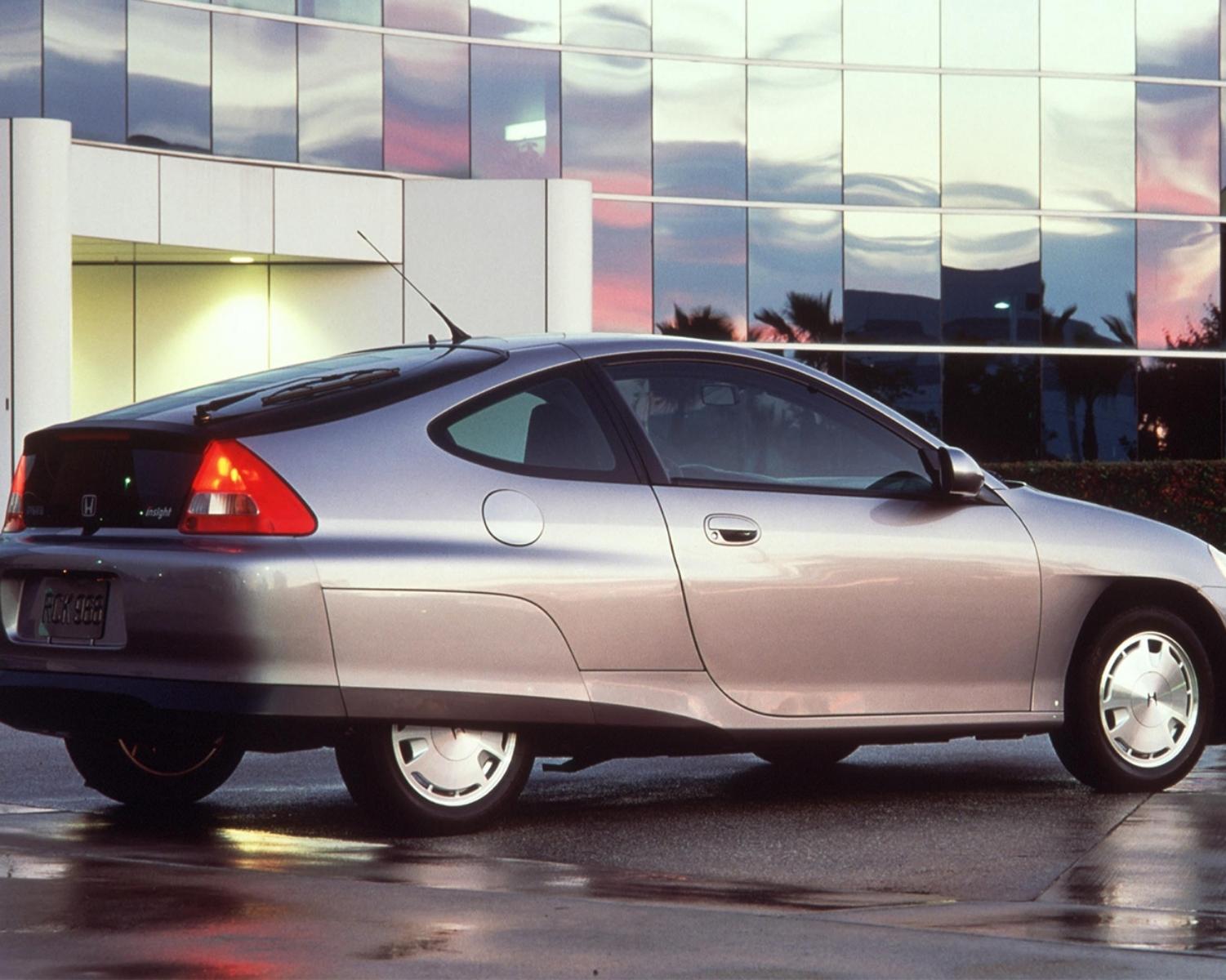Explore the World's Best Ideas
Join today and uncover 100+ curated journeys from 50+ topics. Unlock access to our mobile app with extensive features.
1886 – The first car is invented
German engineer Karl Benz invented the first true automobile in the 19th century.
It was powered by an internal combustion engine and had three wheels.
1.31K
16.6K reads
TIMELINE INFOGRAPHIC: A HISTORY OF CAR TECHNOLOGY
Explore the history of car technology and how it has transformed the way we drive.
We’ve put together a timeline showing the evolution of car tech, from the first car to ever be invented to a raft of post-war technology including safety features and electric systems.
1.15K
8.69K reads
The timeline infographic: 1886 to 1971
- 1886 – The first car is invented
- 1908 – Ford produced Model T
- 1911 – Electric ignition starters
- 1921 – Cigarette lighters
- 1930 – Car radio
- 1934 – Coil spring suspension
- 1949 - Car keys
- 1951 – Power steering
- 1953 – Air conditioning
- 1958 – Cruise control
- 1959 – Seatbelts
- 1960s – Electric windows
- 1969 – Intermittent windshield wipers
- 1970s – Cassette tape stereos
- 1971 – ABS technology
1.33K
9.1K reads
The timeline infographic: 1973 to 2020
- 1973 – Catalytic converter
- 1974 - Digital dashboard displays
- 1984 – CD players
- 1988 – Airbags
- 1992 – Electromagnetic parking sensors
- 1994 – On-board diagnostics
- 1996 – Connected cars
- 2000 – GPS sat nav
- 2000 – Hybrid cars
- 2001 – Bluetooth
- 2002 – Reversing camera
- 2003 – Automatic parking
- 2010s – Driver assist features
- 2014 – Tesla autopilot
- 2014 – 4G wi-fi hotspots
- 2020 - Self-driving cars
1.26K
6.51K reads
1908 – Ford produced Model T
Ford’s Model T was the world’s first car produced by assembly line. This great leap in technology made the car much cheaper and therefore more widely affordable.
Its 20 horsepower petrol engine could reach speeds of 45mph, which was still slower than the galloping horses of the day.
1.19K
5.93K reads
1911 – Electric ignition starters
Electric ignition starters were invented to replace manual hand cranks and to start the engine with a button instead. Hand cranks were considered to be dangerous because the engine could jump as the car started, occasionally injuring the driver.
The first electric starter was used on a Cadillac in 1912 and they were soon widely adopted.
1.17K
5.24K reads
1921 – Cigarette lighters
Wireless cigarette lighters had a removable component that was heated by electricity. By 1925 they were standard in most American cars.
Today cigarette lighters have fallen out of fashion, but we still have the sockets to plug in electric gadgets, like sat navs.
1.14K
4.58K reads
1930 – Car radio
The first car stereo was created in 1930 in monophonic AM frequency.
For the first time, driving could be set to music, though it would be another 22 years before the first radio capable of receiving FM frequency was added to a car, in 1952.
1.15K
3.98K reads
1934 – Coil spring suspension
Many carmakers began looking at ways to make driving more comfortable, and they landed on coil spring suspension. Each wheel (initially just the front two) was given its own metal coil spring, which compresses itself to absorb the shock you feel when driving over bumps in the road. This made for a much smoother, relaxing ride.
1.15K
3.45K reads
1949 - Car keys
Looking for a better way to get the car running, Chrysler invented a technology to start both the electric starter and the ignition.
It placed this power inside a key and soon everyone was using one.
1.15K
3.55K reads
1951 – Power steering
Power steering technology uses hydraulic power to amplify the pressure on the wheels as you as you turn the steering wheel, saving you so much elbow grease. Power steering first appeared on a Chrysler Imperial and then in a Cadillac a year later.
1.15K
3.18K reads
1953 – Air conditioning
The Chrysler Imperial was the first production car to have air conditioning as an option. It came with three settings: low, medium and high. The following year, the Nash “Integrated” system offered front end heating, ventilation and air conditioning, making driving a much more pleasurable experience in the summer.
1.15K
2.82K reads
1958 – Cruise control
Cruise control is a system developed to allow the driver to maintain a constant speed without the use of the accelerator.
The system made steady driving easier, especially on motorways. It was first used in another Chrysler Imperial and by 1960 it was a standard feature on all Cadillacs too.
1.15K
2.7K reads
1959 – Seatbelts
The modern three-pin seatbelt was invented by Nils Bohlin, Volvo’s first safety engineer. Volvo decided to give away the patent to other carmakers for free, knowing it would save lives.
It was compulsory for carmakers to fit seatbelts in the UK from 1965, but only compulsory to wear them in the front seats from 1983. Wearing a seatbelt became compulsory for all children from 1989 and for back seat passengers from 1991.
1.17K
2.61K reads
1960s – Electric windows
The smooth buzz of rolling down an electric window was originally only available on luxury models,and it was usually an optional extra on most cars until quite recently. But eventually winding down your car windows became a thing of the past.
1.15K
2.56K reads
1969 – Intermittent windshield wipers
Until this point, windscreen wipers had only had one speed, no matter the weather. Ford changed this to adjust the speed.
1.15K
2.52K reads
1970s – Cassette tape stereos
In the 1970s, carmakers began adding stereos that could play the latest cassette tape technology. Now drivers could blast out their favourite Led Zeppelin albums from their cars!
1.15K
2.26K reads
1971 – ABS technology
ABS or Anti-Lock Braking System, is a clever technology that stops the wheels locking up during sharp braking, preventing skidding.
It was originally used on trains and Concorde aircraft, before being adapted for a Chrysler Imperial.
1.16K
2.53K reads
1973 – Catalytic converter
This technology was designed to clean up polluting exhaust fumes by reducing toxic emissions created by the engine. Catalytic converters became compulsory in petrol cars from 1993.
1.15K
2.5K reads
1974 – Digital dashboard displays
Move over analogue dials! The first digital dashboard display appeared in an Aston Martin Lagonda. It included trip computers, speed and temperature readings and fuel economy measures. However, digital dashboards weren’t that popular with drivers at the time, and most cars today still use an analogue speedometer alongside the digital displays.
1.15K
2.1K reads
1984 – CD players
Technology called CDX-1 became the first car CD player, eventually supplanting cassette tapes, which had become old technology.
1.15K
2.05K reads
1988 – Airbags
Previous iterations of airbags were installed in US government cars from the 1970s, but in 1988 Chrysler introduced the first production airbag.
Originally they were just for drivers, but today airbag technology can be placed all around the car to protect all passengers.
1.15K
2.05K reads
1992 – Electromagnetic parking sensors
Electromagnetic parking sensors alert you to hazards when parking.
They were “re-invented” from previous technology that hadn’t taken off in the 1970s.
1.15K
2.23K reads
1994 – On-board diagnostics
Ford first created computer diagnostics for its factory line in the 1980s. But over time the built-in 16-pin connector became essential for all carmakers because it also gave garage mechanics access to key information about the car for repairs. On-board diagnostics connections became compulsory in America in 1996 and Europe in 2001.
1.15K
1.86K reads
1996 – Connected cars
General Motors launched connected cars with its OnStar system, which used your mobile phone to call 911 in an accident.
Today the technology links with the phones’ GPS location to guide the emergency services straight to the car.
1.15K
1.89K reads
2000 – GPS sat nav
There were versions of GPS sat nav systems built in from the early 90s, but the US military added interference to the signals as they guarded the technology closely. In 2000, US President Bill Clinton ordered the military to stop scrambling GPS signals and open the technology up to everyone. Sat navs were quickly developed, though it was several more years before they were more accurate.
1.16K
1.66K reads
2000 – Hybrid cars
Adding a hybrid motor to a petrol engine was first dreamed up in the 19th century, but the idea was deemed unworkable.
Toyota picked it up again at the turn of the century and invented the Prius, taking the world by storm. Today every carmaker is working on hybrid cars.
1.15K
1.97K reads
2001 – Bluetooth
The first hands-free bluetooth kit appeared in 2001. Later that year, an even better bluetooth technology came out that worked with speech recognition. These days bluetooth is integrated with the cars’ infotainment system.
1.14K
1.84K reads
2002 – Reversing camera
This technology has prevented many a reversing mishap. Little cameras stream live footage of the area behind the car as you reverse. The technology was first used outside of America in a Nissan Primera.
1.15K
1.73K reads
2003 – Automatic parking
Toyota was first to launch this tech with its Intelligent Parking Assist that helped drivers parallel park.
In 2006, Lexus added a self-parking system to the LS model. Automatic parking is now available on many new cars.
1.15K
1.75K reads
2010s – Driver assist features
Dozens of automatic technology features have been developed to assist the driver. Common examples include, lane departure warnings, blind spot warnings, cross traffic alerts and headlamp high beam control.
Carmakers have also begun adding smartphone integration, with many producing apps so you can find your car via GPS, and remotely lock the car and check its fuel levels.
1.15K
1.56K reads
2014 – Tesla autopilot
Elon Musk was the first to offer autopilot technology on the Model S.
It’s the first commercially available driver assistance that can steer the car and even change lanes on the motorway.
1.15K
1.84K reads
2014 – 4G wi-fi hotspots
This new technology can turn your car into a travelling 4G router, meaning passengers can use it to connect smart devices to the Internet.
1.15K
1.83K reads
2020 - Self-driving cars
2020 is the projected release date of Google’s self-driving car, the Waymo.
It completed its first driverless ride on public roads in 2015 in Austin Texas with a blind man behind the wheel.
1.15K
1.79K reads
Bonus: CAR TECHNOLOGY IN THE FUTURE
Gesture controls
Forget touchscreen – carmakers are already working on making displays that respond to gesture control.
Biometric access
Sorry 1949, but one day car keys might be a thing of the past! Carmakers are working on technology to let you unlock and start your car with your fingerprint.
Windscreen displays
Soon all the information you need about the car could be displayed on smart glass in the windscreen.
1.16K
1.83K reads
IDEAS CURATED BY
“I like to challenge myself and give myself a timeline. It pushes me to be more creative and actually do these things, not just dream about them.”
TimeLine A-Z Evolution's ideas are part of this journey:
Learn more about history with this collection
The historical significance of urban centers
The impact of cultural and technological advances
The role of urban centers in shaping society
Related collections
Similar ideas
3 ideas
10 iconic quotes from the history of Formula 1
f1experiences.com
1 idea
How Science Fiction Movies Have Influenced Technology
thefilmagazine.com
Read & Learn
20x Faster
without
deepstash
with
deepstash
with
deepstash
Personalized microlearning
—
100+ Learning Journeys
—
Access to 200,000+ ideas
—
Access to the mobile app
—
Unlimited idea saving
—
—
Unlimited history
—
—
Unlimited listening to ideas
—
—
Downloading & offline access
—
—
Supercharge your mind with one idea per day
Enter your email and spend 1 minute every day to learn something new.
I agree to receive email updates
